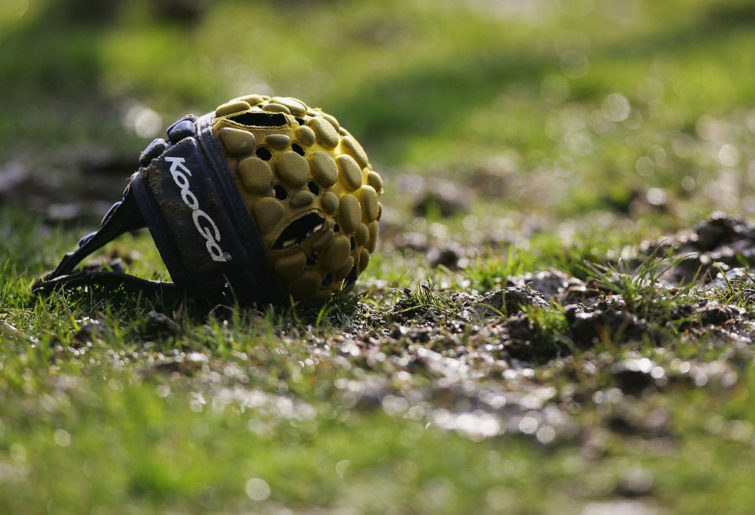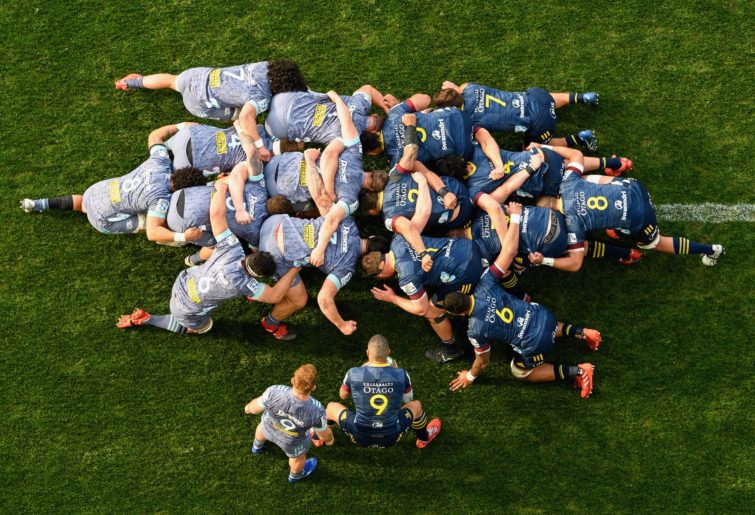This article is in response to the recent article by Brett McKay highlighting calls by various coaches and personalities to bring back the NRC.
Apart from the obvious fact Rugby Australia doesn’t have the money to reprise the NRC – or ARC, for that matter – I’ve always disputed its legitimacy on the grounds it duplicated unnecessary resources.
Southern hemisphere rugby, including Australian rugby, took a wrong turn back in 1995. Everything they’ve done since has created extra expenses, required extra funds, which in turn meant seeking out extra, impractical revenue streams that were unnecessary.
How for example, is it a victory for South African Super Rugby teams to move offshore to Europe, to be soon followed presumedly by the Springboks?
Back in 1995 the southern hemisphere had a structural set-up that was close to perfect. What it required was fleshing out and building upon the solid footings and foundations already long established, not displacing them, as occurred when the game went professional in 1996.
New Zealand had its NPC divided into several divisions. South Africa likewise had its Currie Cup divided into several divisions. Even the staunchly amateur Argentina had a similar set-up, with its 16 provinces divided into two divisions.
Australia of course was the weak link. It had only two provinces of note: New South Wales Queensland. But there was room for future growth with long-established minor provinces such as ACT, Victoria, Western Australia, South Australia, NSW Country and Queensland Country.

Down the track NSW Country could have been embedded in Newcastle and created the new province of Eastern Australia. Similarly, Queensland Country could have been embedded in Townsville to create North Queensland. In the embryonic years of the game, before the union-league split of 1907, these two regions produced plenty of Wallabies.
When professionalism came, each of the southern hemisphere nations – New Zealand, South Africa, Argentina and Australia – should have been encouraged to form an eight-team national competition.
The three first-named nations could have done this relatively quickly, with Australia perhaps starting with six teams and building towards eight teams. The Super 10 of 1993-95 was effectively a Champions Cup and should have remained so. In 1996 it could have been expanded to 12 teams, three per nation, and contested after the respective national tournaments.
The season would have unfolded as follows: an eight-team competition of home-and-away games totalling 14 matches plus a final four. This would have meant a season of 14 to 16 matches per team.
The top three teams from each country would then contest the Super 12 – four pools of three teams. This would be quickly over with each team playing two to four matches. Meanwhile, the remaining teams in the various national competitions could conduct a knockout style tournament involving no more than four matches for the finalists.
Consequently each team in each country would play between 16 and 20 matches, which is plenty for a first-class-style season. Add a preseason of three to four matches and combine that with ten to 12 Tests per nation, and the season is pretty much full.
Sports opinion delivered daily
Finally, the Rugby Championship was a great addition to the annual season.
I would have loved, for example, watching the Wallabies, All Blacks, Springboks and Pumas circa 1985 being guided around the park by their champion number-10s in Mark Ella (then Mike Lynagh), Wayne Smith (then Grant Fox), Naas Botha and Hugo Porta.
The various national competitions would have worked like the Sheffield Shield in its heyday, with established stars, young up-and-comers and still-performing veterans all in the same team, the experienced mentoring the newcomers and testing the same in the opposition.
In Australia the depth would have been initially weak, but as the national competition gained traction, hopefully this problem would have been rectified.
But sadly none of this happened. It is a little-known fact that in 1996 the working title for Super 12 was the IPC – International Provincial Championship. In other words, it was supposed to work exactly the same as the Super 10 of 1993-95.
The Kiwis were first to blink. Instead of staring down the minor provinces and stating that the top eight provinces should come from the eight biggest geographical regions, they rolled over and created five artificial franchises.
The Saffies held the line for several seasons, but by 1999 they also buckled and created four, then five and later six artificial franchises. However, unlike New Zealand, the South African franchises in most cases didn’t pretend to be very different from their major provinces.

(Photo by Kai Schwoerer/Getty Images)
Australia of course didn’t have to worry about these trivialities. It quite proudly created – or rebranded – the ACT, giving it three provinces. But eventually it had another problem. While New Zealand and South Africa had their national tournaments to fall back on as a mid-tier competition, Australia had no such thing.
While once upon a time the Sydney Shute Shield and Brisbane Hospital Cup might have done the job of producing future Wallabies, the caravan had moved on since leading players were almost never seen in district club rugby. So those players plying their trade in these competitions were not getting the development they needed.
Consequently, the then Rugby AU introduced the ARC in 2007 and the NRC in 2014-19. Both competitionss have struggled with poorly conceptualised teams, financial blowouts and a lack of support. Duplication of resources hasn’t helped the financial bottom line.
Over at SANZAAR, things just went from crazy to crazier. While introducing an Argentine team was absolutely necessary to complement the Pumas, the introduction of a Japanese team was pie-in-the-sky stuff. Meanwhile, the Saffies failed to stare down their government and advise them clearly there was no place for a sixth franchise.
Super Rugby never really gained traction once the initial novelty wore off. Playing offshore is the job of national teams, not domestic provincial teams. Playing in South Africa in the middle of the night put the game out of sight, out of mind.
If you really want a national competition, what you want is a version of the NRL or AFL. Fans want to see their best homegrown teams with their best homegrown talent playing on home grounds at home-friendly times.
Andy Marinos, the former chief executive of SANZAAR, now finds himself leading Australian rugby. It’s beyond my comprehension that there were no suitable alternatives found – Marinos is quoted in McKay’s article as one of those lamenting the loss of the NRC.
But Marinos is just one in a very long line of administrators who have continually got it more wrong than right since 1996. Funny – the suits back then were warning us that professionalism would destroy the very ethos of rugby.
Yet many of those same suits couldn’t get their snouts in the money trough quickly enough. They eyed more broadcast money than they had ever seen before, and they completely lost their heads. Led by the pied pipers at News – who had their own, different agenda – they took the game down the wrong path.
And now, a quarter of a century later, southern hemisphere rugby is effectively stuffed.
Original source: https://www.theroar.com.au/2021/06/20/the-1995-decisions-that-took-southern-hemisphere-rugby-down-the-wrong-path/
No comments:
Post a Comment